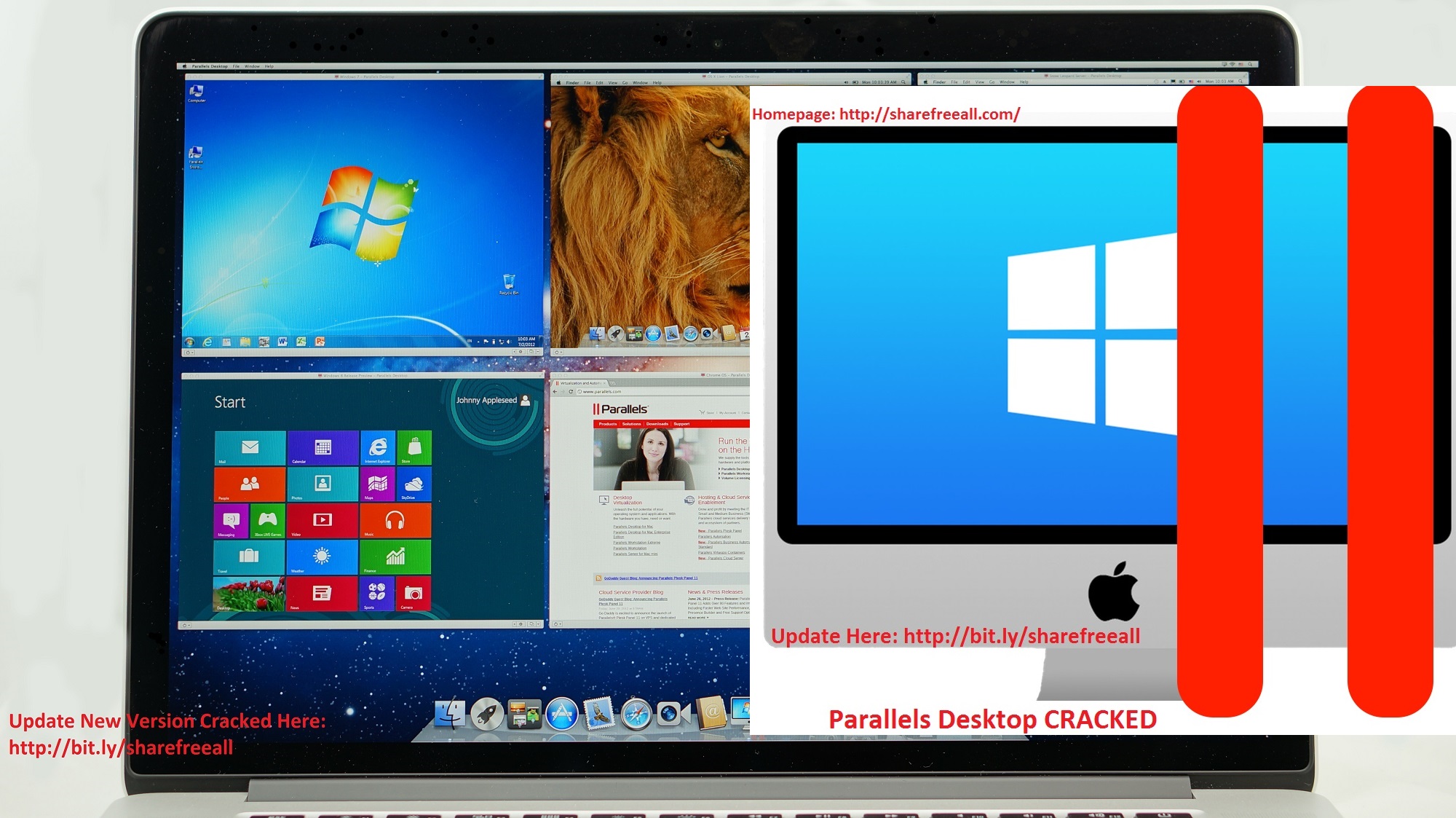

SET UP BOOT CAMP FOR MAC HOW TO
The ins and outs of how to install Windows on Mac using a virtual machine will differ a little depending on the solution you choose - Parallels, VMware Fusion and CrossOver Mac are three common choices - but the process is similar to using Boot Camp in some ways. Running Windows on Mac with Virtual Machines (VMs) You can now select between macOS and Windows by holding the alt (option) key whenever you turn your Mac on

Once it’s switched back on, follow the prompts to install Windows. Set the size of your Windows partition using the slider between macOS and Windows, noting that it can’t be adjusted after creationĪfter setting your partition size and clicking Install, your Mac will switch off.
SET UP BOOT CAMP FOR MAC DRIVER
Open up Boot Camp Assistant and select your desired ISO imageĬhoose the disk image that you have already created or downloaded, which will copy the ISO file on to your memory stickīoot Camp Assistant will download relevant driver software for Windows 8.1 and Windows 10 too, with some manual downloading required if you want to use Windows 7 Although there are ways to install Windows on Mac without BootCamp, one of the great things about using this dedicated macOS app is that it walks you through the entire process.

If you’re searching for an easy answer to the question of how to run Windows programs on Mac, Boot Camp Assistant has got you covered. If you try to run Windows using an old Mac or OS X then there’s a greater risk of incompatibility issues cropping up. While the above requirements refer to how to install Windows on Mac using Boot Camp, they represent solid guidance for other methods like virtual machines too. It’s possible to download a Windows 10 disk image via Microsoft if you don’t have an installation disk, or if your version of Windows is on a flash drive, but you might need to create a disk image manually if you only have Windows on a DVD.

SET UP BOOT CAMP FOR MAC PRO
You’ll also need at least 64 GB of free storage space, with 128 GB free space or more recommended, and a flash drive that has at least 16 GB of storage available for use (unless your model of Mac doesn’t require a USB drive to install Windows).įinally, you’ll need a 64-bit copy of Windows 10 Home or Pro available on a disk image (ISO). What You Need To Install Windows 10 On MacĪlthough support has been in place for running Windows on Mac since 2005, you will need to meet a few criteria if you’re hoping to use Windows 10 on Mac via Boot Camp Assistant.įor a start, you’ll need to be running the latest OS and using one of the following machines: You’ll also learn about some of the ways you can get Windows-like functionality from your Apple computer without the need to actually run Windows programs on Mac laptops or desktops that you currently own. Despite the contempt some Apple users show towards Microsoft, installing Windows on Mac has been officially supported for more than 15 years.īelow you’ll find a detailed guide on which devices can handle dual-booting, how to get Windows on Mac up and running, and some of the pros and cons associated with using different methods of doing so. One of the benefits offered by Apple laptops and desktops is that it’s actually fairly straightforward to run Windows programs on Mac alongside macOS in a couple of different ways. From running a specific program or game to needing to test the performance of something you’ve created on another operating system, there are various reasons you might want to run Windows on Mac.


 0 kommentar(er)
0 kommentar(er)
